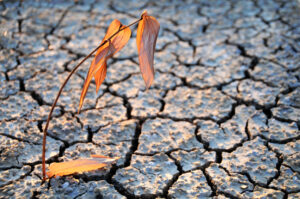
In California, potable water refers to water that is safe for human consumption. The state’s public records on this type of water are vast and extensive, as water is a critical resource for the state’s residents, agriculture, and industry. These records encompass everything from the source of the water to its treatment, distribution, and monitoring for quality and safety.
One of the key sources of California’s potable water is the State Water Project, which is a vast network of reservoirs, pipelines, and pumping stations that deliver water to the state’s residents. The project was created in the 1950s to provide a reliable water supply to California’s growing population, and it remains the largest state-built water and power development project in the country.
Public records on the State Water Project include information on the capacity of the reservoirs, the locations of pipelines and pumping stations, and the amount of water that is delivered each year. This information is critical for determining the state’s ability to provide enough water to meet the demands of its residents and industries.
Another source of California’s potable water is groundwater, which is water that is stored in the ground. Groundwater is critical for the state’s residents, particularly in rural areas where the State Water Project may not be available. Public records on groundwater include information on the locations of wells, the capacity of aquifers, and the quality of the groundwater. This information is critical for ensuring that the groundwater is safe for human consumption and for preventing over-pumping of aquifers, which can lead to land subsidence and other environmental issues.
Once the water has been collected and stored, it must be treated to ensure that it is safe for human consumption. Public records on water treatment facilities in California include information on the location of the facilities, the type of treatment that is performed, and the water quality after treatment. This information is critical for ensuring that the water that is delivered to residents and industries is safe to drink.
Once the water has been treated, it is distributed to residents and industries through a vast network of pipes and pumping stations. Public records on the water distribution system in California include information on the location of pipes and pumping stations, the capacity of the system, and the amount of water that is delivered each day. This information is critical for ensuring that the water is distributed efficiently and effectively, and for identifying areas where the system may be vulnerable to damage or contamination.
Finally, public records on potable water in California also include information on water quality monitoring. This information is critical for ensuring that the water remains safe for human consumption, even after it has been collected, treated, and distributed. Water quality monitoring is performed by both state and local agencies, and public records on this monitoring include information on the location of monitoring stations, the types of contaminants that are being tested for, and the results of the monitoring.
Public records on potable water in California are extensive and critical for ensuring that the state’s residents have access to safe and reliable drinking water. These records encompass everything from the source of the water to its treatment, distribution, and monitoring for quality and safety. They play an essential role in ensuring that California’s water supply is sustainable and that its residents have access to safe and clean water for generations to come.
